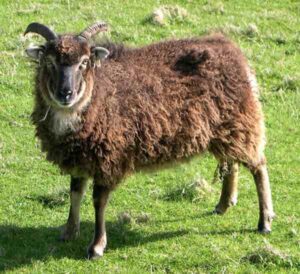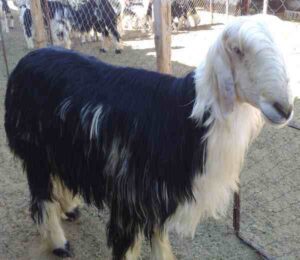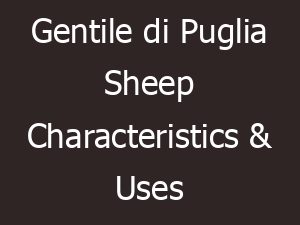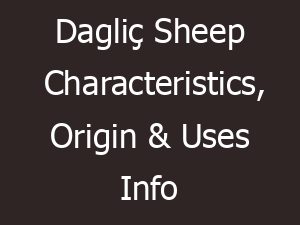The Spælsau sheep is a breed of domestic sheep from Norway. It is also known by some other names such as Old Norwegian Short Tail Landrace and Gamalnorsk spæl Norwegian.
It was originated from the Old Norwegian with Icelandic and Faeroes blood. The breed is raised mainly for wool and meat production.
Wool of these animals is generally white but some animals have individuals with colored wool. It is being reared as a domestic animal from the Iron age, and it is well adapted to the local climate.
The Spælsau sheep breed counts about 22 percent of the total sheep population in Norway. Two breeding stations were established in 1992, for preventing extinction of the breed.
The Icelandic sheep were crossed in the 1960s and 1970s. The Faroe Island sheep and Finnsheep breeds were also used in the breeding program.
Today the breed is raised mainly for meat production. However, read some more information about this beautiful sheep breed below.
Spælsau Sheep Characteristics
The Spælsau sheep is a medium sized animal with beautiful appearance. It is actually a compact and lightly built animal and it doesn’t need much concentrated food.
These animals gives rich milk, and they have a strong flock instinct. They usually do very well outdoors most of the time throughout the year.
Their wool colors include black and white but common among older types are many variations and shades of grey and brown.
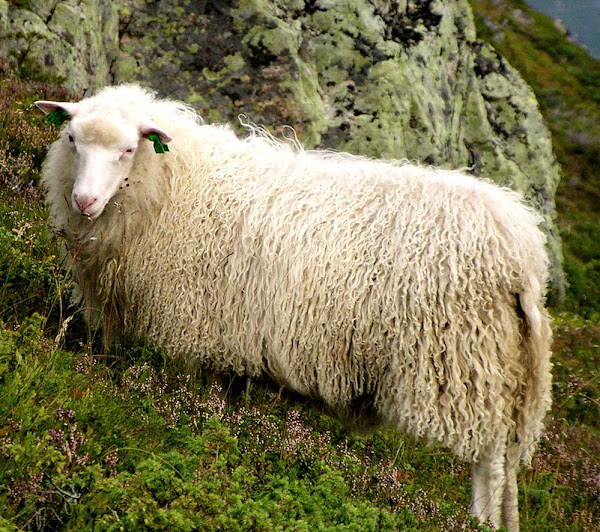
They can be either horned or polled. The wool is characterized through having two layers. One is with an outer long-haired glossy undulating layer of wool protecting the underlying layer against rain and wind. And another is an underlying layer which keeps the sheep warm.
Average live body weight of the mature Spælsau sheep is between 60 and 70 kg. Photo and info from Wikipedia.
Uses
The Spælsau sheep is a dual purpose animal. It is raised for both meat and milk production.
Special Notes
The Spælsau sheep are a very hardy and strong breed of domestic sheep. They are well adapted to the local climates and are present there for a long time.
As a dual purpose animal the breed is good for both milk and meat production. Both of their meat and milk are of very good quality.
They have long protective wool, which is used for weaving, and is traditionally spun into two-stand tightly-spun yarn instead of the usual three-strand type, resulting in a beautiful luster.
Previously the yarn was used in the Norwegian old tapestries from the Renaissance and Baroque times.
The Viking ship sails were made from the Spælsau yarn. In the old days, the wool was also used in clothing. The wool was used in clothing because it was light, stable and absorbed little moisture.
Today the breed is raised primarily for meat production. However, review full breed profile of the Spælsau sheep in the following chart.
| Breed Name | Spælsau |
| Other Name | Also known as Old Norwegian Short Tail Landrace and Gamalnorsk spæl Norwegian |
| Breed Purpose | Meat, milk and also wool |
| Special Notes | Very hardy and strong animals, well adapted to the local climates, good for quality meat production, good for producing milk, good for wool production |
| Breed Size | Medium |
| Weight | Between 60 and 70 kg |
| Horns | Either horned or polled |
| Climate Tolerance | Native climates |
| Color | Common color is white |
| Rarity | Common |
| Country/Place of Origin | Norway |

